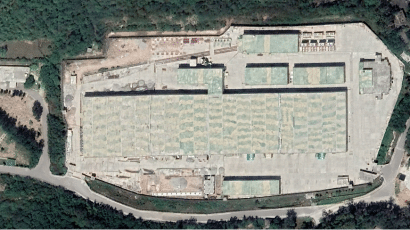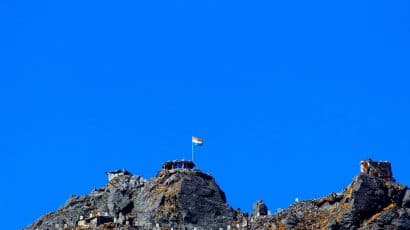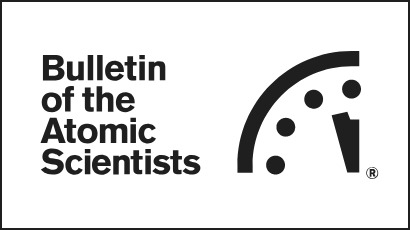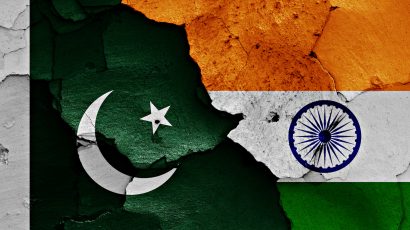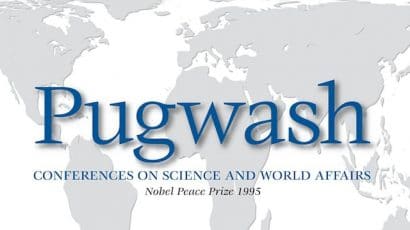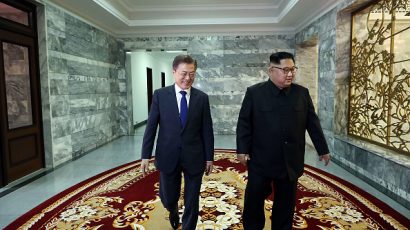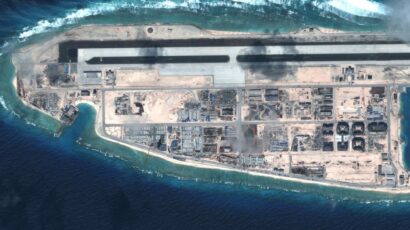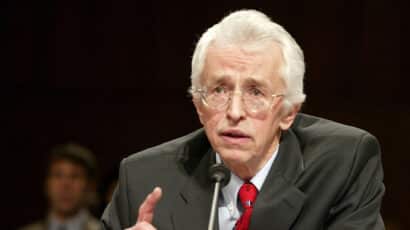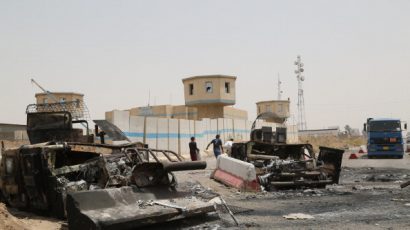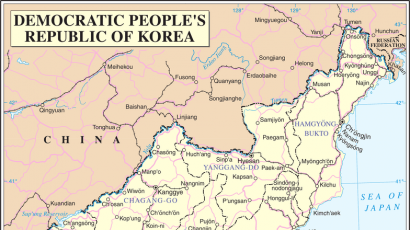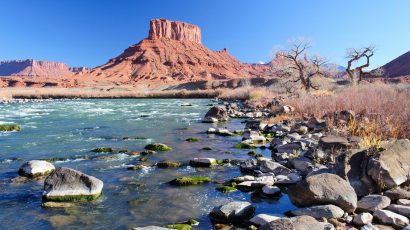Search results for
Sticks, stones, and words: “Ugly stability” between India and China
The recent India-China border clashes demonstrate the ugliness of the “stability” that nuclear weapons have brought to Southern Asia.
The ban treaty: A big nuclear-weapon-free zone?
The nuclear weapons states seem to have accepted the idea that a treaty to prohibit nuclear weapons—known informally as the ban treaty—could indeed be the result of a UN conference being held this June and July in New York City. Nevertheless, some observers maintain that even if a ban treaty were to be negotiated, it … Continued
Nuclear Notebook: How many nuclear weapons does India have in 2022?
This Nuclear Notebooks examines the status of India’s nuclear arsenal, which includes approximately 160 warheads. India continues to modernize its nuclear arsenal, with at least four new weapons systems now under development to complement or replace existing nuclear-capable aircraft, land-based delivery systems, and sea-based systems. Several of these systems are nearing completion and will soon be combat-ready. India is estimated to have produced enough military plutonium for 140 to 210 nuclear warheads but has likely produced only 160. Nonetheless, additional plutonium will be required to produce warheads for missiles now under development, and India is reportedly building several new plutonium production facilities. India’s nuclear strategy, traditionally focused on Pakistan, now appears to place increased emphasis on China, and Beijing is now in range of Indian missiles.
Fact-checking networks fight coronavirus infodemic
Fact-checking websites now exist around the world. These organizations, some grassroots, others connected to larger media companies, have been helping to tamp down on the spread of coronavirus misinformation.
The promise of the Syrian chemical weapons plan
The Russia-US deal to eliminate Damascus’ stockpile has achieved a great deal—far more than the alternative would have accomplished
Japan’s dilemma: Nuclear trade vs nuclear disarmament advocacy
In October, when Japanese Prime Minister Naoto Kan and Indian Prime Minister Manmohan Singh met in Japan to announce the conclusion of the Comprehensive Economic Partnership Agreement, there were mixed reviews in Japan.
Kashmir, climate change, and nuclear war
Along with the risks of war triggered by escalation along the Line of Control in Kashmir or by attacks on Indian cities by Islamist militants backed by Pakistan, a new source of conflict between Pakistan and India has emerged, also centered on Kashmir. It is a struggle over access to and control over the water in the rivers that start as snow and glacial meltwater in the Himalayas and pass through Kashmir on their way to Pakistan as the Indus River Basin, ending in the Arabian Sea.
The postponement of the NPT review conference. Antagonisms, conflicts and nuclear risks after the pandemic
A Pugwash document concerning nuclear problems and tensions in the time of COVID-19. The document has been co-signed by an extensive list of Pugwash colleagues and personalities.
Pyongyang Declaration: Bringing peace to the Koreas beyond symbolism
The two Koreas should certainly make concerted efforts to achieve sustainable peace and deal with conventional military capabilities along the border. But the South Korean public and the international community that have seen this movie countless times before wonder when the gap will finally be closed between symbolism and reality.
Rethink oldthink on no first use
It is time to adjust US nuclear declaratory policy, because the circumstances that led US leaders to reserve the option to use nuclear weapons first in a conflict are long gone.
North Korea’s nuclear weapons: What now?
This week we begin the third and final round of the Development and Disarmament Roundtable on North Korea as tensions and rhetoric continue to escalate on the Korean Peninsula. Since the beginning of June, three distinguished experts have weighed in on the challenges that dog the international community regarding a nuclear North Korea. Each author … Continued
Not your grandparents’ Cold War: Why America should emphasize economic rather than military strategies in its rivalry with China
Why America should emphasize economic rather than military strategies in its rivalry with China.
An excerpt from “Hinge Points: An Inside Look at North Korea’s Nuclear Program”
An excerpt from the preface to "Hinge Points: An Inside Look at North Korea's Nuclear Program," a book written by Siegfried S. Hecker with Elliot A. Serbin (Stanford University Press, January 2023).
ISIS: The unsurprising surprise that is sweeping Iraq
The success of the Islamic State of Iraq and al-Sham is no shock to those who have monitored the capable, well-financed group as it seeks an Islamic caliphate
A roadmap for the day after the Trump-Kim summit
If Donald Trump and Kim Jong Un meet—as of now this is still a big “if,” although North Korea has now confirmed its willingness to meet directly—the summit could be an important ice breaker and open up a chance to resolve the North Korean nuclear crisis and bring peace to the Korean peninsula. But success, however remote it may seem, will require new thinking and entail major risks. It will also require a plan.
Tomorrow’s fossils: Experimental embryology and endangered animal species in 1972
Serving as one of the earliest examples of Bulletin commentary on the impact humans have on the environment, this story by Robert T. Francoeur appeared as the feature article in a 1972 magazine issue that took a deep dive into endangered animal species, the effects of pollution, gas warfare, and more.
A form of biological warfare in Syria and Yemen
When someone deliberately deprives of civilians of hospitals and medicine—as Bashar Al-Assad is doing in Syria—he is conducting a sort of biological warfare.
The North Korean nuclear test: The Russian reaction
Russia has decades of experience in dealing with North Korea on nuclear nonproliferation matters. The former Soviet Union first tried to coax Pyongyang into joining the Nuclear Non-Proliferation Treaty (NPT) back in the 1960s. Later, in the early 1970s, Soviet diplomats flew to North Korea to explain the virtues of NPT membership. They recall that the delegation was received with great fanfare and the hosts listened politely enough, but Pyongyang remained unresponsive.
As the Colorado River runs dry: A five-part climate change story
This article is the first in a 5-part series on the Colorado River originally published by Yale Environment 360 and is reproduced here as part of the Climate Desk collaboration. The beginnings of the mighty Colorado River on the west slope of Rocky Mountain National Park are humble. A large marsh creates a small trickle of a stream … Continued
